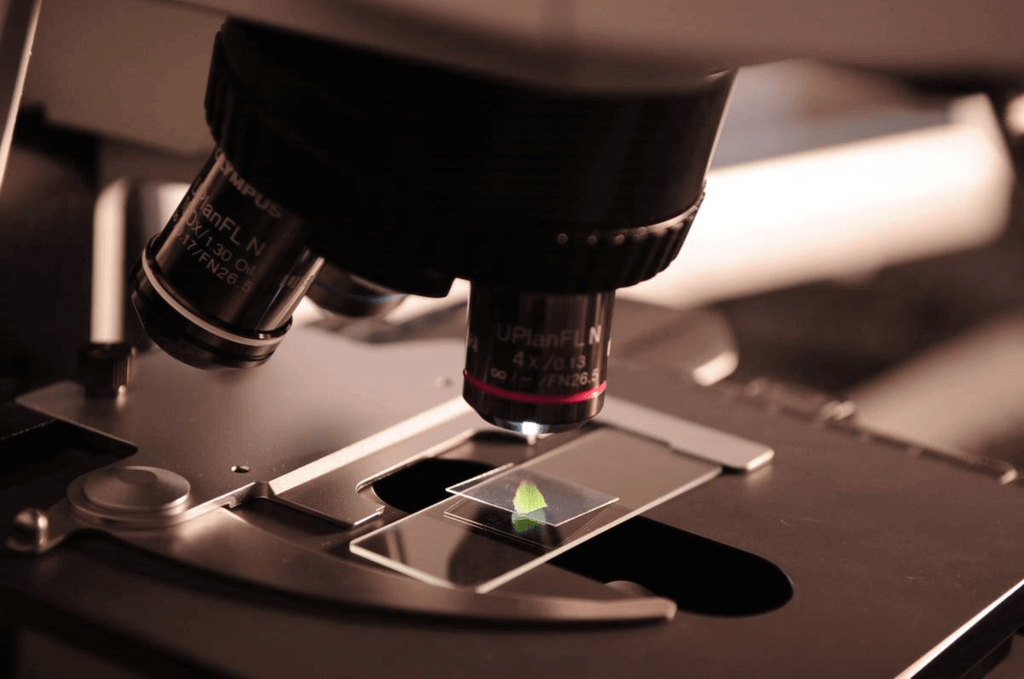National Periodic Table Day
National Periodic Table Day is observed next on Saturday, February 7th, 2026 (135 days from today).

The periodic system of chemical elements is one of the most brilliant discoveries in chemistry. But sometimes people forget the difficulties that scientists encountered in the early days of building the circulatory system. Every February 7th, dedicated to everyone to recognize the contributions of scientists, in recognition of the publication of the periodic table of elements, is a date called National Periodic Table Day.
Periodic Table History
Before 1869, many chemical elements had been discovered, but it was not known whether there was any relationship between the elements. Many scientists have researched and found a way to classify elements, but no one has found a correct classification principle, so the law of changing the properties of elements is still a puzzle. In 1869, professor at the University of Peterbourg, Mendeleev (1834 - 1907), was conducting research on the classification of elements. Finally Mendeleev discovered the periodic change in the properties of the elements according to their atomic mass (then called atomic mass).
He arranged 63 chemical elements discovered at that time into the periodic table of the elements. Elements in the same column are in the same family, in the same row are in the same period.
He showed that the properties of periotic change with the atomic masses of elements or compounds measure the elements they are composed of. Mendeleev boldly changed the masses of some elements, changing the positions of many elements so that there were many blanks in the chart, and showed that where the blanks were, were chemical elements that had yet to be discovered It also makes predictions about the properties of those elements. In 1869 Mendeleev officially published the periodic table of the elements.
In 1875 the French chemist Boibourdan discovered the element "gallium". Mendeleev immediately wrote to Boibourdan and pointed out that "gallium" was the element he had predicted in 1869 as "eka aluminum" (aluminum-like) and that the density of gallium was not 4.07 but should be between 5.9- 6.0. That made Boibourdan find it very strange and question whether he had not yet found Mendeleev's element gallium. Through careful measurements, Mendeleev was right. It was the first prominent event of the periodic table of elements. Then people gradually found the elements that Mendeleev had predicted. These events made Mendeleev's periodic table of the elements world-wide famous. A journalist asked Mendeleev: "How did you come up with the periodic law?” he replied that he had been looking for them for 20 years. The reporter asked him again if he considers himself a genius?” he did not hesitate to answer: "All your life you will try to become a genius".
The discovery of the periodic law has unlocked the secret of the physical world, giving chemists a powerful weapon, very significant for the development of physical optics. To this day, the periodic law also directs people to search for new elements, to study the fundamental laws of the properties of elements.
Observing National Periodic Table Day
To organize Periodic Table dates, test and improve your knowledge of the periodic table. You can also create a rewarding game with your friends, challenge each other to answer puzzles about the Periodic Table, the elements in the periodic table in order, symbols, and number of protons.... An even better thing if you participate in research activities to find more new elements.
Observed
National Periodic Table Day has been observed annually on February 7th.Dates
Wednesday, February 7th, 2024
Friday, February 7th, 2025
Saturday, February 7th, 2026
Sunday, February 7th, 2027
Monday, February 7th, 2028
Founded by
David T. Steineker in May 2015


